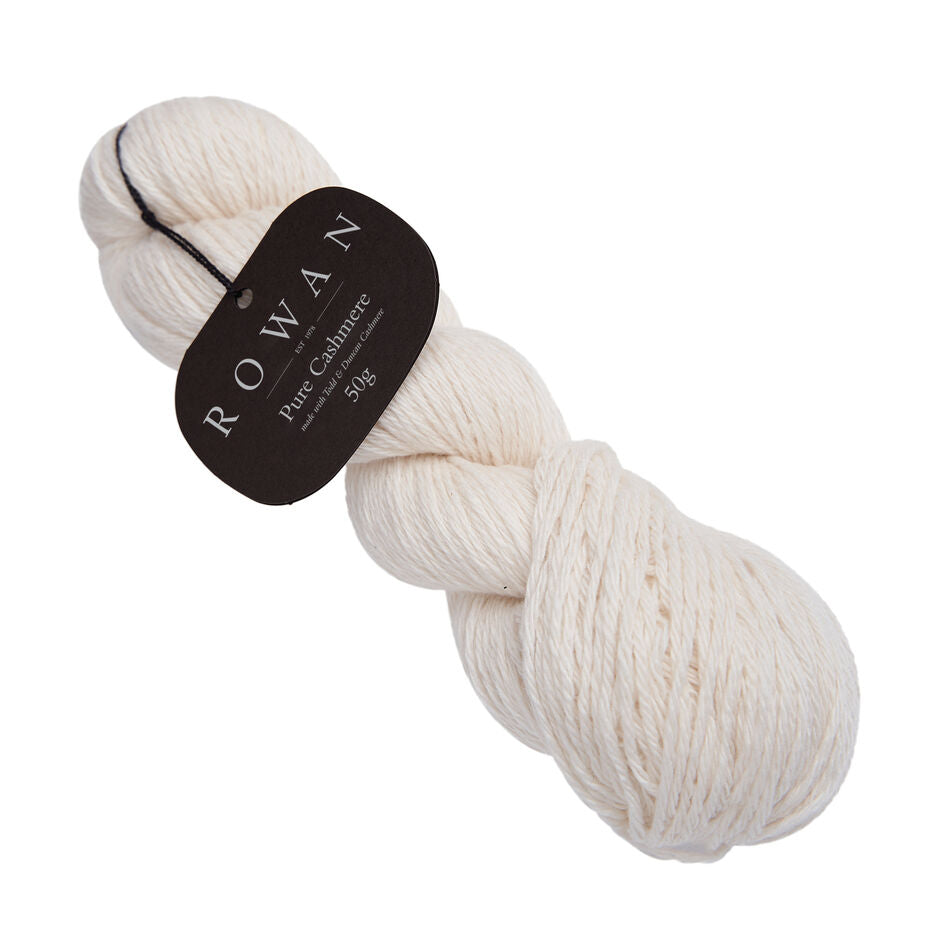The Reality Behind Is Cashmere a Natural Fiber and Its Green Appeal
The Reality Behind Is Cashmere a Natural Fiber and Its Green Appeal
Blog Article
Discovering the Various Kinds of Cashmere an All-natural Fiber for Ultimate Luxury
Cashmere, a natural fiber, is often related to high-end and convenience. Nevertheless, not all cashmere is produced equivalent. From the highly soft Mongolian selection to the light-weight heat of Indian Pashmina, each type offers its own one-of-a-kind functions and allure. The much more budget friendly Chinese cashmere, the traditional Scottish variation, and the high-end Italian blend, all tell a various story of this impressive fiber. As we unwind the globe of cashmere, a deeper understanding of its real worth and refinement begins to emerge.
Understanding the Glamorous Nature of Cashmere
Cashmere, typically connected with deluxe and convenience, holds an unique attraction worldwide of natural fibers. This soft, lightweight material is coveted for its phenomenal heat and remarkable resilience. Unlike other all-natural fibers, cashmere combines insulation with breathability, supplying unparalleled comfort throughout differing temperatures. Its shiny surface and soft texture contribute to its premium allure, validating the costs cost that usually comes with cashmere garments. Furthermore, cashmere's inherent crease resistance and elasticity boost its value, making it a recommended option for premium clothing and accessories. In spite of its delicate look, cashmere possesses a surprising durability, able to keep its shape and lavish feeling over time. This one-of-a-kind blend of features seals cashmere's setting as an icon of sophistication and indulgence.
Just What Is Cashmere and Where Does It Originate from?

Cashmere is obtained from the soft undercoat of cashmere goats, primarily located in Mongolia, China, Iran, and Afghanistan. This precise process adds to the shortage and high price of cashmere. With its origin in the rough landscapes of Asia, cashmere is a testimony to nature's capacity to produce high-end from adversity.
Deciphering the Different Sorts Of Cashmere
Recognizing the different sorts of cashmere is key to valuing the high quality and distinct characteristics of this luxurious textile. Generally, cashmere is categorized into 3 kinds: raw, virgin, and recycled. Raw cashmere is straight obtained from the goat and is unrefined. This type frequently consists of pollutants such as dust and rugged hair. Virgin cashmere, on the various other hand, is the pure, unrecycled material that is rotated into thread for the very first time. It is the softest and most lavish. Lastly, recycled cashmere is made from virgin material that has been formerly made use of. It is re-spun and made use of in creating lower-cost cashmere items. Decoding these types is the primary step in understanding the exclusivity and worth of cashmere.

The Distinct Characteristics of Each Kind Of Cashmere
Having actually discovered the different classifications of cashmere, it comes to be noticeable that each kind flaunts its special set of features. Mongolian cashmere, as an example, is renowned for its exceptional high quality, because of Mongolia's severe winter seasons that generate longer and finer fibers. Alternatively, Chinese cashmere is frequently a lot more economical, though its much shorter fibers can lower toughness. Scottish cashmere is commemorated for its elegant gentleness, a result of the typical water cleaning procedure making use of Scotland's soft water. Italian cashmere, at the same time, is renowned for its masterful blending and coloring strategies, rendering it versatile and lively. Finally, Indian cashmere, additionally called Pashmina, is treasured for its amazing agility and warmth. Each type, thus, contributes to the textile's track record for high-end.
Why Cashmere Is the Embodiment of Luxury in Fashion
Cashmere holds a prestigious position in the globe of style, pertained to as an icon of luxury and elegance (is cashmere a natural fiber). Cashmere is acquired from the fine undercoat of Himalayan goats, known for their remarkable top quality fiber. Cashmere's exceptional convenience and toughness make it a desired material in the creation of high-end garments.
The Process of Making Cashmere: From Goat to Garment
The journey of cashmere, from being an my sources undercoat of a Himalayan goat to an elegant garment, is a detailed one. This mix is then painstakingly separated, with only the soft down used for cashmere. From goat to garment, each step is a testimony to the persistence, skill and virtuosity entailed in crafting cashmere.

Final Thought
Finally, cashmere, with its all-natural style and unequaled comfort, preponderates navigate to these guys worldwide of high-end style. The variety in types, ranging from the soft Mongolian, lightweight Indian Pashmina, cost effective Chinese, standard Scottish, to the vivid Italian, exposes the versatility of this natural fiber. The meticulous process of transforming it from a goat to a garment better contributes to its exclusivity, making cashmere the embodiment of refinement and deluxe.
Cashmere, a natural fiber, is cashmere a natural fiber is often associated with high-end and convenience (is cashmere a natural fiber).Cashmere, usually associated with high-end and convenience, holds an one-of-a-kind attraction in the globe of all-natural fibers. Unlike other all-natural fibers, cashmere combines insulation with breathability, offering unrivaled convenience across varying temperatures. Cashmere is acquired from the soft undercoat of cashmere goats, mainly located in Mongolia, China, Iran, and Afghanistan. Cashmere is derived from the great undercoat of Himalayan goats, recognized for their premium quality fiber
Report this page